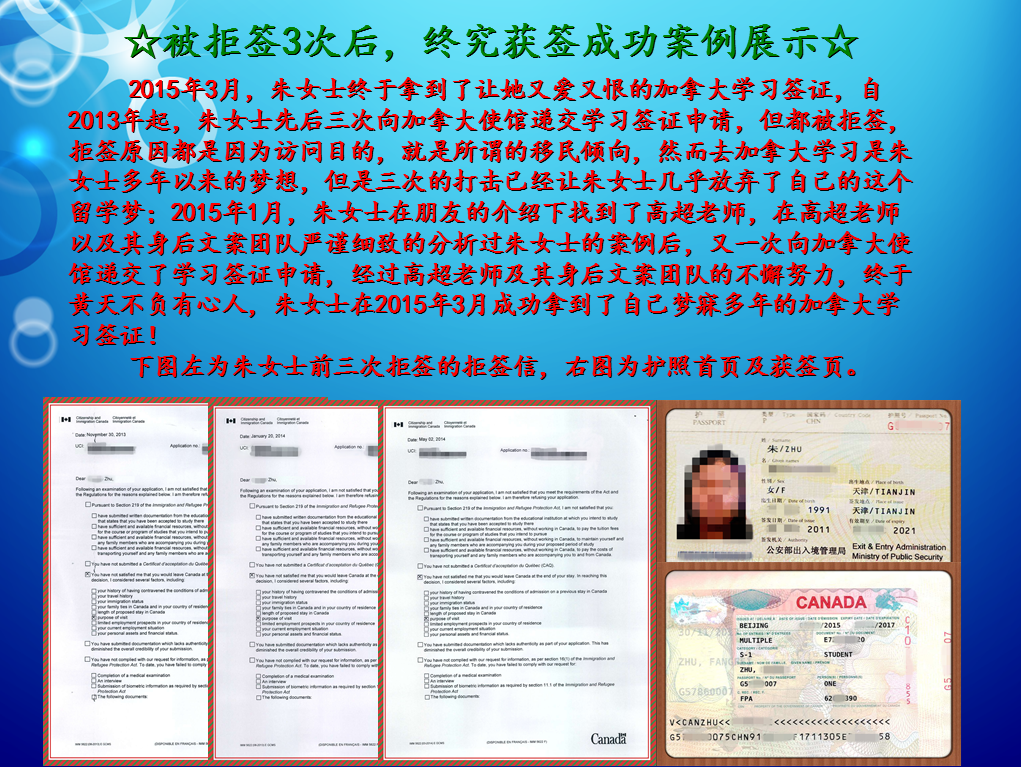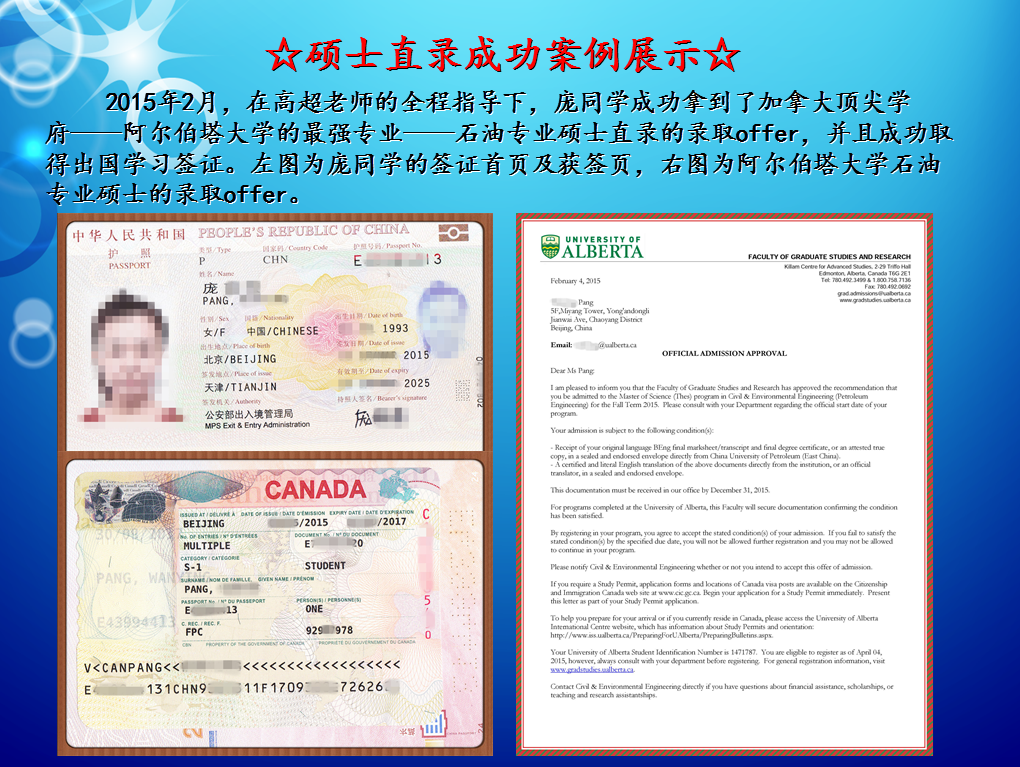六月份GMAT考试阅读机经 植物的竞争理论.
2017-08-10 284阅读
阅读是我们复习GMAT考试的重点,复习GMAT阅读的时候考生要认真的学习基础知识。机经是我们现在复习阅读的重要资料,澳际小编分享一些最新的机经,希望大家学习到GMAT阅读技巧:
植物的竞争理论
【v1】将植物的两种竞争理论,一个就是数量上彼此竞争,一个是跨代竞争(活着的影响幼年的)
by 雪霁
【v2】很长满一篇 两段因为生物学类名词不认识看的糊里糊涂
说植物容易受两种方式影响。有个人的理论就是这植物受周围竞争植物影响, 还受gap 神马的影响。随后就解释了这两种方式。竞争植物就是指周围生长的植物都对它有影响。Gap的影响就是老植物影响新植物,在这个土地上死掉的植物也会对现在的植物生长造成影响等等(这里有个细节题就是问植物生长不受哪个影响?对比原文可找出没有的)
然后有另个人做对比实验了。这实验针对一种植物,选择这种植物是因为既在春天生长也在秋天生长,所以方便研究这两种关于竞争理论及跨代理论的影响。然后发现春天的木有变化(很多细节,也就是说不会受跨代影响?) 发现秋天的有变化……… (受跨代影响?)
(构筑木有搞懂逻辑链怎么个回事)
By Fannyyy
考古:
树木的密度以及生态学理论(长)
V1:by lxfbear
讲生态学GAP XX THEORY的,讲树分布的密度和它周围树木,和它们遗传关系啥的.
V2:by airphone
先介绍了the neighborhood-competition theory,就是说植物是通过同代植物的相互作用影响竞争,即植物的生长和繁殖是由周围的竞争者决定的。若竞争者离这些物种在一定的距离之外,那么久不会产生影响了。然后介绍the gap-colonization theory,通过隔代植物的相互作用影响竞争,即该理论认为,上一代的植物抑制本代植物的生长和繁殖。
接下来用两组实验来验证这两种理论。
实验一:
第一组:spring时期播种a patchy distribution of bluegrass + a randomdistribution of 四分之一bluegrass数量的groundsel
第二组:spring时期播种a random distribution of bluegrass+ a random distributionof 四分之一bluegrass数量的groundsel
实验一结果:fall时期发现第一组的groundsel数量超出第二组4倍多.实验一结果可以证明同代植物空间布局对植物生长影响非常大,However, 这些结果不能证明理论1,因为这两种G产出的种子都是一样的,也就是说不影响繁殖。实验一还发现,在PATCHY实验组中,bluegrass low density的地方,G长得多。确实,证明了空间布局影响了生长。
实验二
在实验一中的两块试验种植地中,分别取一半remove掉bluegrass的上一代的植物,在另一半中,保持上一代植物完好无损;其他条件与实验一相同(注意,是四块不同土地进行对比了。)
实验结果:在上一代完好的情况下,G在patchy的土地中长得更好。在移除上一代的情况下,G在patchy 和random的土地中长的一样。说明上一代的植物确实影响了当代的植物。该实验证明,竞争是隔代的,而不是在当代的。即验证了理论二—隔代竞争理论。
考古
第一段:关于植物seedling的分布,有两种理论(neighbour theory and gap theory):
理论1. 影响植物分布的原因是同种类植物的种植的density。Density紧密的seedling 比较少,density比较稀疏的则seedling比较多
理论2. 影响植物分布的原因是他种植物的存在(尤其达到adult成熟期的他种植物),到达adult期的非同种植物会影响下一种在此块土地上生长的植物。(影响因素:1. 非同种adult植物遗留下来的残渣 2. 忘了)
第二段:【整个段落是一个research,关于上述两种理论。此处木木的第一题全段高亮,考察该段作用】
有A和B两种植物(B植物在文中似乎是叫bluegrass,A植物全称记不太清晰了):
A和B都是:spring+fall两季的
Spring:B植物:一部分稀疏地seedling,一部分密集地seedling;
结果:稀疏seedling的长得多,密集seedling的长得少【木木infer:证明了理论一】
A植物:全部稀疏地seedling(按照wild的density,是B植seedling的1/4密度)
Fall:将A植物种植在原本B植物种植处:
结果:原本B植物seedling稀疏处(即原本的B植物长得好),A植物seedling相对不好;
原本B植物seedling密集处(即原本的B植物生得不好),A植物的seedling相对好
【木木infer:证明理论二】
PS:(另一狗主补充第二段)好像说bluegrass密度高的地方G就低,因为bluegrass残留的根茎会阻止G植物的根发育,但不会影响bluegrass的根发育。
Q1:植物seedling受到以下因素影响,except 选植物发芽的情况
Q2.:第二段的试验的primate目的是选为gap假说提供data
Q3:以下哪个可以weaken neighborhood theory的。
Q4:有道题说以下什么weaken the gap theory我选的是G植物的密度不受bluegrass密度的影响。
Q5:第二段的主旨,我选的是讲解bluegrass 对G植物的影响。待选项有 G对bluegrass的影响;削弱某个理论等等
Q6:什么不会影响植物的繁殖密度,我选的是植物种子的发芽情况 (可能不准)
Q7:(V42)有一道主旨,我选的是evaluate two theories and the evidence差不多这个
参考文献(非原文)
In the groundsel-bluegrass system, competition portrays a race in which small differences in emergence produce large differences in performance, and seeds respond vigorously to clues that indicate the presence of competitors.
Apparently, the threat of competition shapes the activity of these seeds. That raises broader questions: To what extent does competition influence the population dynamics of competitors, and to what extent does community context influence competitive interactions? Although biologists commonly assume that competition affects the dynamics of plant communities, we are just beginning to explore the interplay between individual performance, which responds to competition, and population and community-level factors. Such research provides an important arena for testing our understanding of the forces that structure plant communities.
At this interface between individuals and communities of plants, spatial patterning receives a disproportionate share of attention. Two distinct theories have been developed that predict that spatial patterning can exert a strong influence on competitive interactions. Since plant populations exhibit very patchy arrangements, as opposed to random distributions, the question arises as to whether patterning drives the dynamics of plant populations in nature.
Stephen Pacala of Princeton University and John Silander of the University of Connecticut champion the neighborhood-competition theory. That theory assumes that plant growth and reproduction depend on the density of nearby competitors and that competitors beyond a designated distance exert no impact on a particular plant. Combining that assumption with an elaborate mathematical theory suggests that patchiness in a distribution of competitors can profoundly alter competition at the population level. Intuitively, this theory can be understood by recognizing that patchiness leads to considerable variation in the amount of competition experienced by any individual plant. Some plants will experience lots of competition and experience little reproduction; other plants will be virtually free from competition and contribute a disproportionately large share to the next generation. In this way, the neighborhood-competition theory suggests that the spatial pattern of plants influences competition through interactions between contemporaneous plants.
An alternative theory for patchiness, gap colonization, considers the competitive impact of one generation on another. Traditionally, this theory has been applied to the dynamics of forests, where the germination and growth of seedlings depends on gaps lt after trees fall. Nevertheless, it might be equally relevant to the dynamics of grassland plants. In nearly all cases, established vegetation can overpower seedlings. In fact, seedling emergence and survival can be totally inhibited by the presence of adult plants, or even by the litter lt from previous generations. This type of inhibition can arise from several factors: chemicals, shading or structural interference produced by the established plants. In some cases, these factors may restrict seedling survival to areas that lack established vegetation. Moreover, the gaps in a patchy spatial pattern promote the persistence of competitively inferior plants. Gap-colonization theory, then, suggests that an area’s spatial pattern will influence competitive interactions because previous generations affect the survival of present seedlings.
Competition between common groundsel and annual bluegrass also depends on spatial patterns. Both of these species produce two generations each year-one in the spring and another in the fall. This rather unusual life cycle proves tremendously convenient for testing the neighborhood-competition and gap-colonization theories. In each fall generation, newly emerging seedlings compete with each other, which provides an opportunity for neighborhood competition, and they also interact with remnants from the spring generation, which could lead to gap colonization.
上述就是小编分享的GMAT考试阅读机经,复习GMAT阅读的时候考生要积极利用好复习资料。希望考生们多掌握一些GMAT阅读技巧,祝大家阅读考试复习顺利。
澳际六步曲服务体系由六大步骤和36项子模块组成,核心内容包括留学理性规划和背景提升、考试个性化辅导、文书创作和学校申请、套磁和面试、签证辅导及后期服务、海内外求职。澳际六步曲体系贯穿澳际所有服务项目:美国名校本科申请,名校硕士申请,博士奖学金申请,TOP 20 MBA精英申请,英国/加拿大TOP 10申请等。澳际六步曲服务体系适合人群:适合现在高一、高二、大一、大二和大三的学生,希望自己未雨绸缪,从根本上提升申请竞争力,从而于毕业之际成功步入世界名校。详细了解澳际六步曲:www.aoji.cn
留学咨询
更多出国留学最新动态,敬请关注澳际教育手机端网站,并可拨打咨询热线:400-601-0022
留学热搜
相关推荐
- 专家推荐
- 成功案例
- 博文推荐

Copyright 2000 - 2020 北京澳际教育咨询有限公司
www.aoji.cn All Rights Reserved | 京ICP证050284号
总部地址:北京市东城区 灯市口大街33号 国中商业大厦2-3层









高国强 向我咨询
行业年龄 12年
成功案例 3204人
留学关乎到一个家庭的期望以及一个学生的未来,作为一名留学规划导师,我一直坚信最基本且最重要的品质是认真负责的态度。基于对学生和家长认真负责的原则,结合丰富的申请经验,更有效地帮助学生清晰未来发展方向,顺利进入理想院校。
Amy GUO 向我咨询
行业年龄 17年
成功案例 4539人
一切的一切从现在开始.用自己的态度闯出一片天
薛占秋 向我咨询
行业年龄 11年
成功案例 1869人
从业3年来成功协助数百同学拿到英、美、加、澳等各国学习签证,递签成功率90%以上,大大超过同业平均水平。
Tara 向我咨询
行业年龄 7年
成功案例 1869人